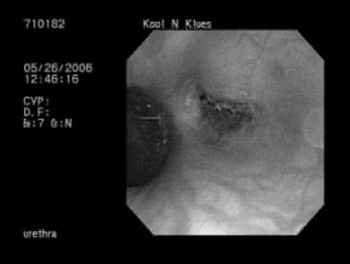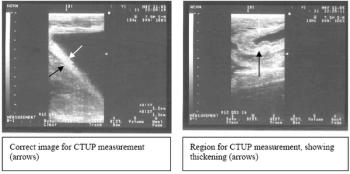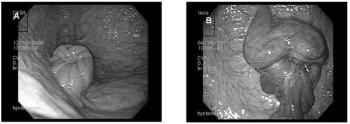Claire Card, DVM, PhD, DACT
Articles by Claire Card, DVM, PhD, DACT

Hormonal management of mares is used to manipulate the onset of the breeding season, the timing of ovulation and in performance mares the prevention of estrus. Pasture breeding, hand breeding using teasing with estrus detection by a stallion, and artificial insemination (AI) of cooled and frozen semen are still commonly used in Canada.

Endoscopic examination in the stallions is indicated in cases where blood (hemospermia), pus or (pyspermia) in the semen or urine, treatment for seminal vesiculitis, pain on ejaculation, or there is an inability to emit semen.

Foaling problems are very stressful for most practitioners, mares, and horse owners. The maternal and fetal outcomes during dystocia are less successful for the mare compared to other species. An understanding of the underlying causes and strategies to remedy dystocia are essential for a successful outcome.

Sperm quality is the culmination of a variety of factors such as the total sperm number, sperm motility, sperm morphology, and sperm fertilizing ability. Presently in an assessment of the quality of a stallion's ejaculate, it is often based only on the volume, motility, and concentration of the sperm. These are relatively easy parameters to quantify.

High risk mares are mares that are at significant risk of problems during pregnancy. This includes mares that are of advanced age, repeated history of unsuccessful foaling outcomes, mares with twin pregnancies, mares that have experienced a significant toxemia, or that suffer significant physical infirmaries including chronic founder, severe arthritis, or body wall injuries or mares that have placentitis,.

Endometritis is the most common infectious pathologic condition affecting the uterus in brood mares. Pathologic endometritis is an abnormal extension of a physiologic process. In the pathologic form excessive inflammation of the endometrium occurs and then persists.

Reproductive problems of stallions occur frequently and may be related to physiologic, pathologic, and management processes. Relatively few colts are kept as stallions in the equine industry, and veterinarians may not have a great deal of exposure or experience with stallions.

Endoscopic examination of the mare's uterus is primarily used as tool to aid in the diagnosis of unusual conditions, such as intractable infections, tumors, abscesses, foreign bodies, adhesions, and congenital abnormalities.

Veterinarians are often asked to induce parturition or they may recommend induction based on the mare's foaling history or the presence of medical conditions that threaten her health and well being. The need to induce a mare, and the chances of foal survival should be based on objective measures.





